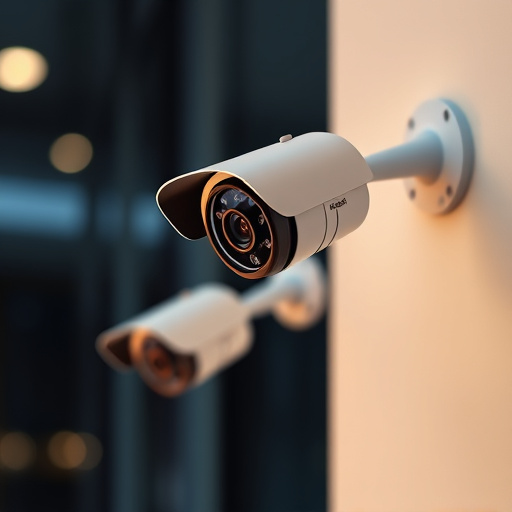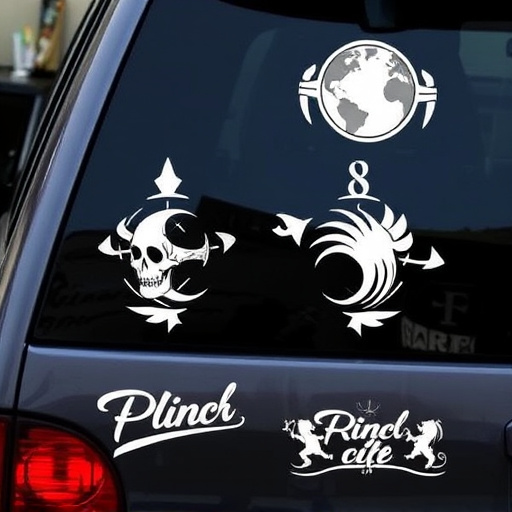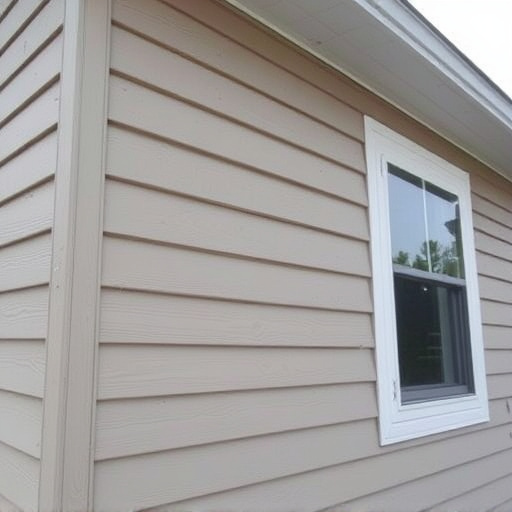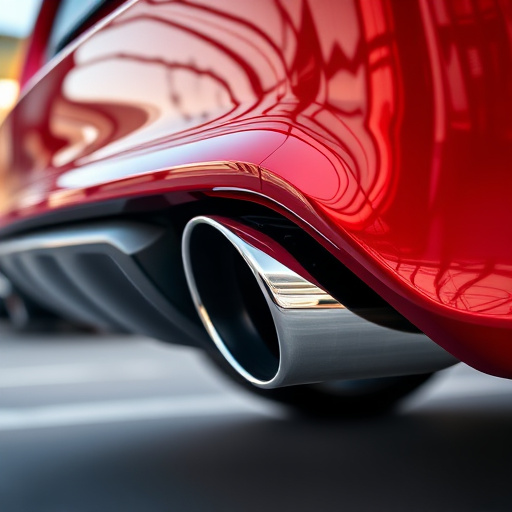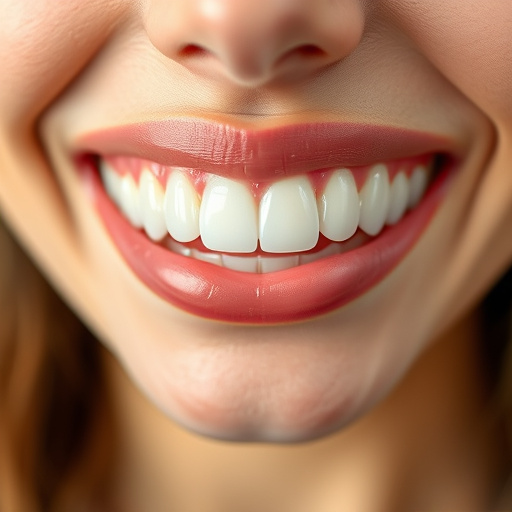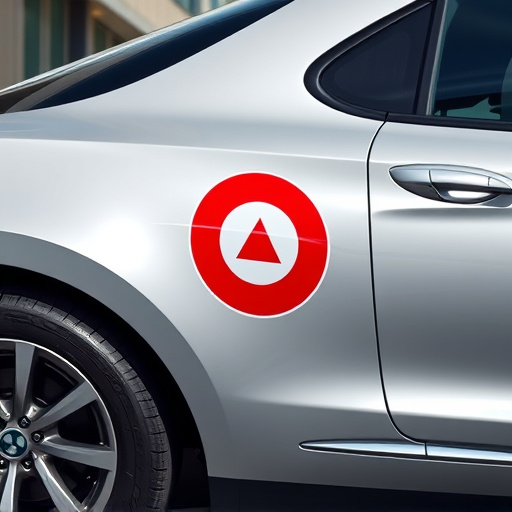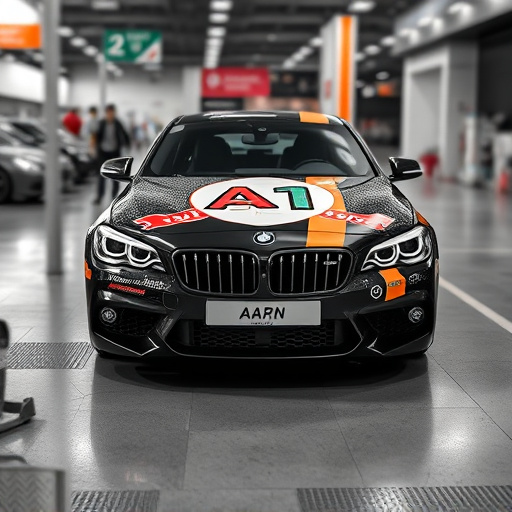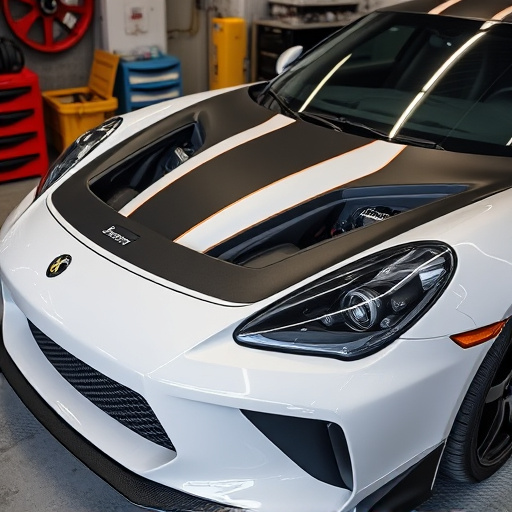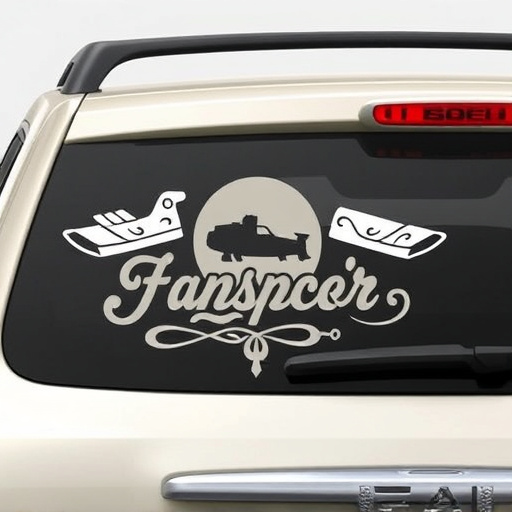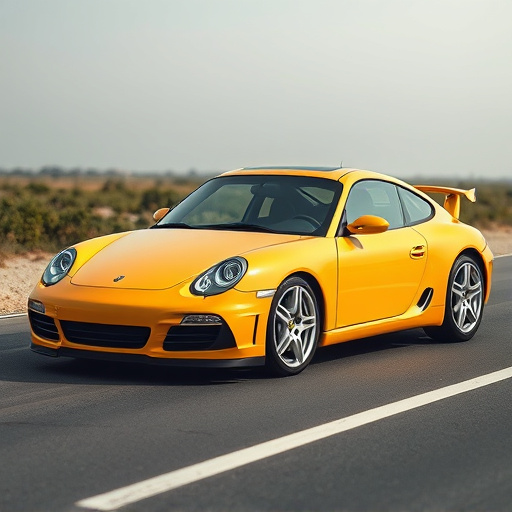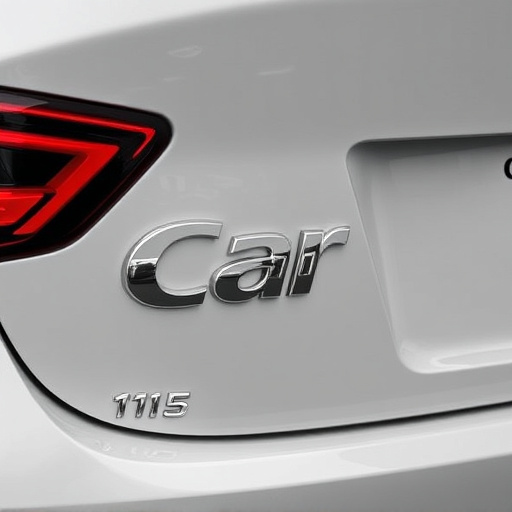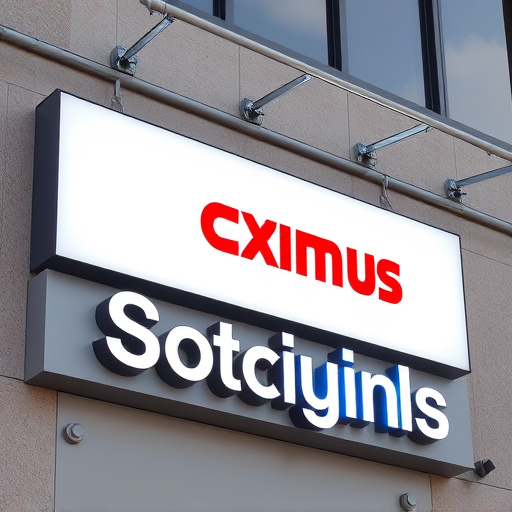Headlight protection film (PPF) is a durable polymeric barrier applied during car detailing to shield headlights from damage. It enhances safety by maintaining optimal lighting for night driving and preserves aesthetics by preventing scratches, cracks, and yellowing caused by UV rays and environmental factors. PPF extends headlight lifespan, reduces replacement costs, and contributes to energy efficiency in harsh climates, making it an essential component of vehicle customization and maintenance.
Headlight protection film is a game-changer in automotive care, offering a simple yet effective solution to prolonging the lifespan of vehicle headlights. This innovative film acts as a shield, safeguarding lenses from damaging elements like UV rays, road debris, and corrosive substances. By preventing scratches, cracks, and yellowing, the film not only enhances aesthetics but also ensures optimal light output for safer driving. Discover how this seemingly subtle addition can lead to significant cost savings and improved performance over time.
- Understanding Headlight Protection Film: The Basic Concept
- How It Safeguards Lenses From Damage Over Time
- Benefits Beyond Aesthetics: Longevity and Cost Savings
Understanding Headlight Protection Film: The Basic Concept
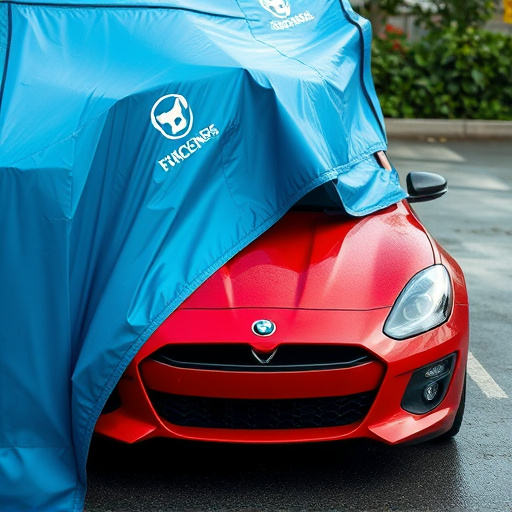
Headlight protection film, also known as paint protection film (PPF), is a thin, durable polymeric material designed to shield vehicle headlights from damaging elements. The basic concept behind this car customization feature is simple yet powerful: it acts as a protective coating that prevents scratches, chips, and other forms of damage to the lens surface. By applying PPF during professional car detailing, owners can extend the lifespan of their headlights, preserving their clarity and performance for years to come.
This innovative solution goes beyond aesthetics; it also enhances safety by maintaining optimal lighting conditions for driving at night or in adverse weather. The film’s seamless application over the lens ensures consistent light output, preventing any distortion that could compromise visibility. When installed correctly, a thin layer of PPF virtually disappears, leaving only a protective barrier that guards against environmental factors like dirt, debris, and UV rays, thereby requiring less frequent headlight replacements or repairs.
How It Safeguards Lenses From Damage Over Time
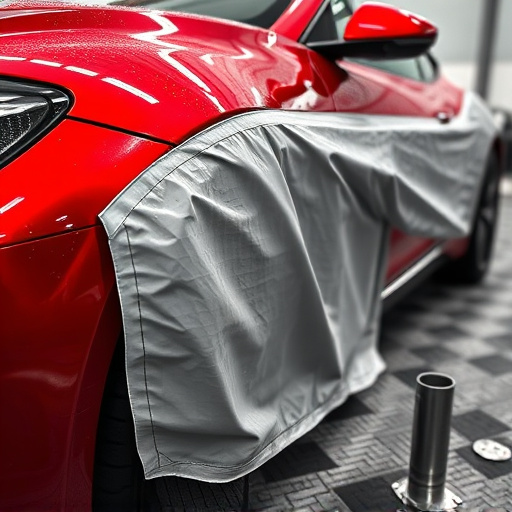
Headlight protection film plays a pivotal role in safeguarding vehicle lenses from damage over time. It acts as a barrier between the lens and external elements like debris, UV rays, and harsh weather conditions. This protective layer is designed to resist scratches, cracks, and yellowing, which are common issues that can diminish the clarity and performance of headlights. By preventing these damages, the film extends the lifespan of the lenses, ensuring optimal visibility for drivers.
In addition to protecting against physical damage, headlight protection film also shields against UV radiation from the sun, which can cause the plastic or glass material to deteriorate over time. This is particularly important as UV rays can accelerate the aging process of automotive lighting components. Incorporating paint protection film into car customization routines, alongside paint correction services, enhances the overall durability and aesthetic appeal of vehicle lenses, contributing to safer driving conditions and a more refined look.
Benefits Beyond Aesthetics: Longevity and Cost Savings
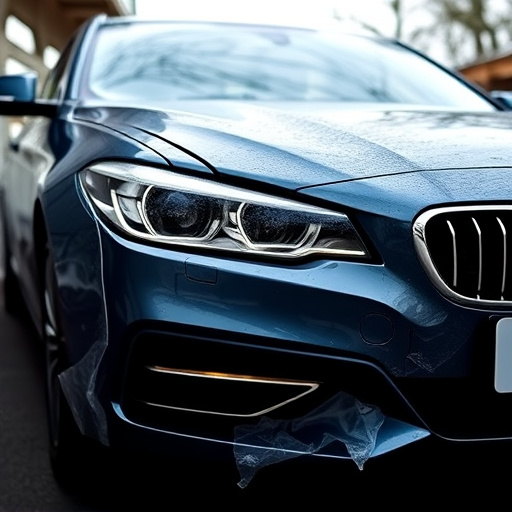
Beyond enhancing the aesthetic appeal of your vehicle’s headlights, a headlight protection film offers numerous long-term benefits that contribute to cost savings and improved performance. This durable, protective layer acts as a barrier against environmental factors such as UV radiation, extreme temperatures, and airborne contaminants, which can all accelerate lens degradation. By shielding the headlights from these damaging elements, the film prolongs their lifespan, reducing the need for frequent replacements.
Additionally, custom vehicle wraps featuring headlight protection film can be cost-effective in the long run when compared to frequent repairs or complete headlight replacements. This is especially true for those living in regions with harsh climates or driving conditions. The heat rejection properties of high-quality films also help regulate interior temperatures, contributing to energy efficiency and overall automotive detailing.
Headlight protection film is not just a cosmetic upgrade, but a practical solution that significantly extends the lifespan of automotive headlights. By shielding lenses from damaging UV rays, stone chips, and other environmental factors, this film ensures optimal light output and clarity over time. Beyond aesthetics, it offers cost savings by delaying the need for frequent headlight replacements, making it a smart investment for vehicle owners.
